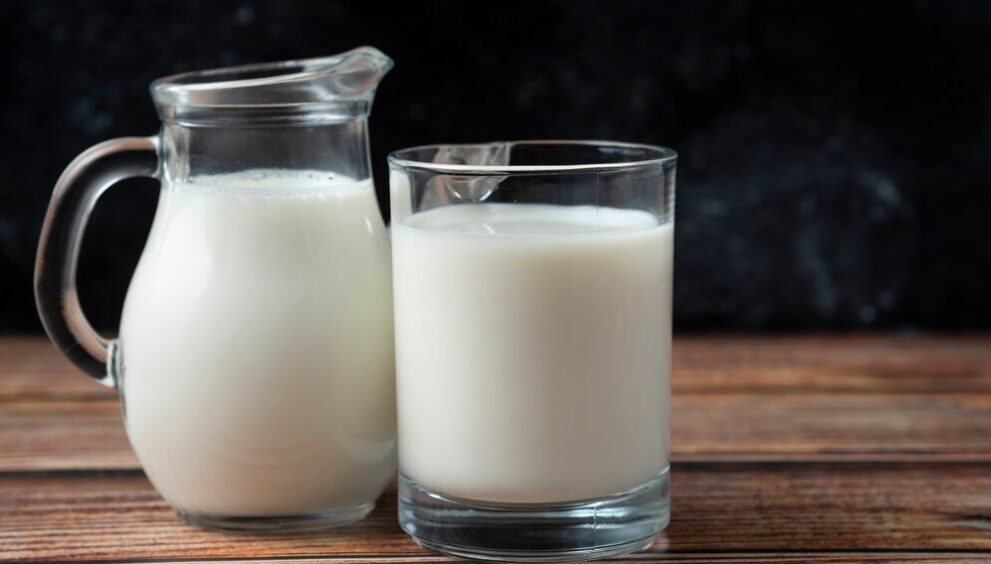India Aiming To Achieve One-Third Of The Global Milk Production By 2030: Official

Indian steel and cement companies are facing a looming challenge as the European Union implements its new Carbon Border Adjustment Mechanism (CBAM), popularly known as the “carbon tax.” This mechanism, designed to create a level playing field for European firms, imposes taxes on imports based on their embedded carbon emissions. The concern among Indian exporters revolves around the default values set by the EU for carbon emissions in products like steel and cement. If these values are adopted as benchmarks, Indian exports could see a significant price increase, rendering them less competitive in the European market.
The potential price hike stems from India’s carbon-intensive manufacturing processes and its reliance on thermal power, mainly derived from coal-fired plants, which contribute to a higher carbon footprint compared to regions with more renewable energy sources. While Indian exporters currently benefit from reporting default values instead of actual emissions, this provision is temporary, expiring by the end of 2025. From 2026 onwards, the EU plans to switch to country-specific default values, which could result in a substantial carbon tax burden on Indian exports, estimated at 36.9 percent.
In response, stakeholders in the Indian industry are engaging with the government to explore methods for measuring their carbon footprint accurately. They also aim to negotiate with the EU to ensure a fair representation of India’s emissions. With limited time available, Indian exporters are urged to modernize their manufacturing processes and adopt cleaner technologies to mitigate their carbon footprint, ensuring competitiveness in the European market amidst the looming challenge of the “carbon tax time bomb.”



























































































































































































































































































































































































































































































































































































































































































































































































































































































































































































































































































































